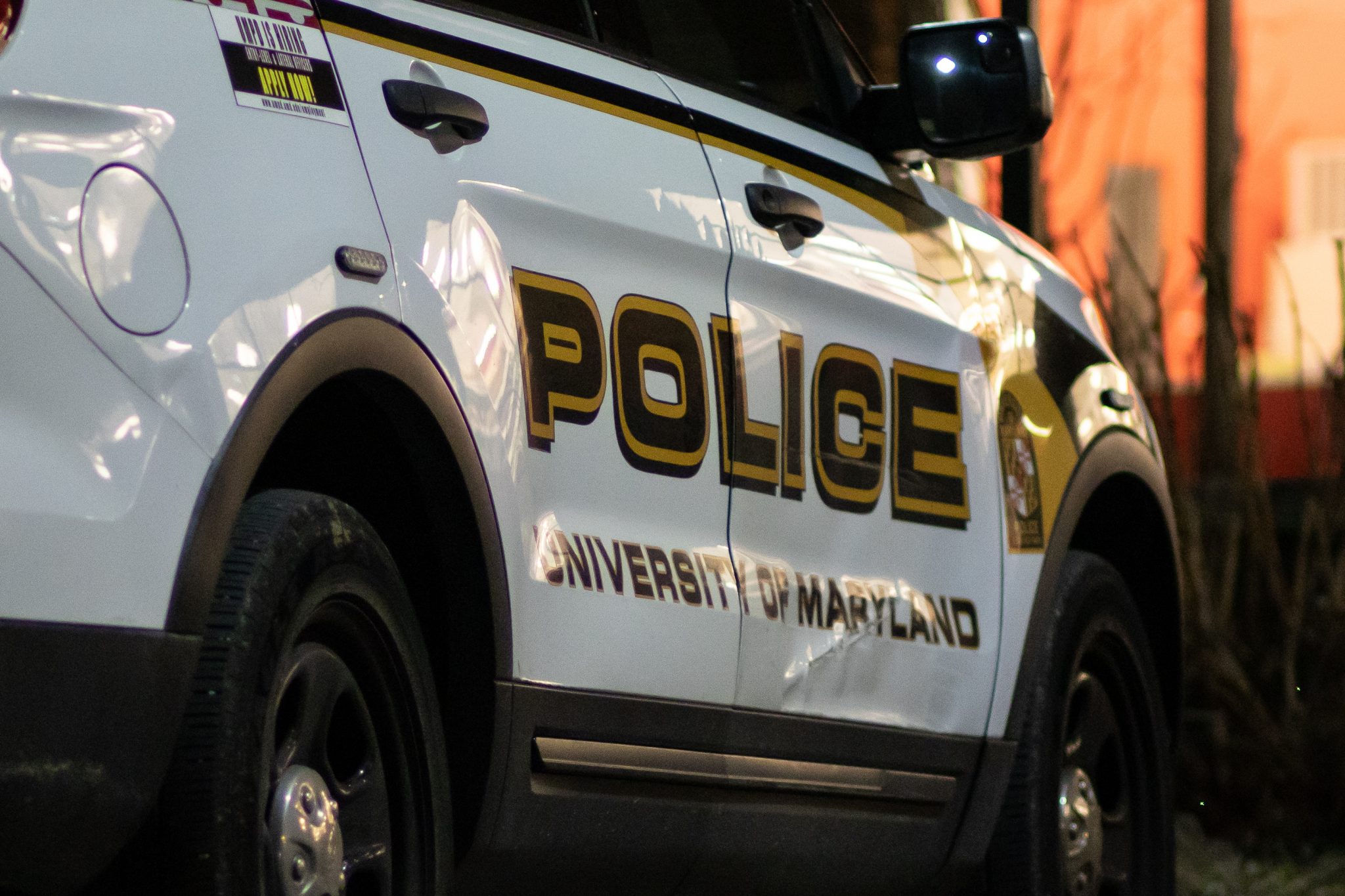UMPD has begun to enforce several previously unenforced traffic laws concerning micromobility vehicles this semester.
University of Maryland Police conducted 145 traffic stops for bikes and e-scooters on Jan. 26 including 88 written warnings, eight verbal warnings and 49 citations. The efforts aim to disincentivize micromobility use on sidewalks, among other common traffic violations, to reduce the number of bike and e-scooter accidents on campus, according to university president Darryll Pines.
“This is out of an abundance of caution and care because we saw an exponential increase in incidents last year, last fall, and really some serious injuries,” Pines told the Diamondback. “This is a good thing for our campus and a wake up call for our students to just be a little safer and follow the rules of the road.”
On Jan. 26, police focused their traffic violation enforcement at intersections along Regents Drive and Stadium Drive. The department plans to repeat the operation some time within the next month in various areas across campus, according to university police spokesperson Lt. Rosanne Hoaas.
The enforcement comes after police received several complaints about micromobility vehicles encroaching on pedestrian spaces, Hoaas added.
[Students relaunch pedestrian safety initiative with focus on education, micromobility]
While citation amounts are determined by Maryland state law, police departments are able to use their discretion on enforcing policies, which can depend on the severity of the violation and whether the driver was a repeat offender. The fines for violations vary depending on the citation.
Operating a micromobility vehicle, such as an e-scooter or bike, with headphones results in a $60 citation and riding the vehicle on sidewalks results in $70 citation. Carrying a passenger on a vehicle not designed for passengers, such as bikes and e-scooters, results in a $50 citation.
The new traffic enforcement drew mixed feelings from students.
Trevor Norton, an international relations graduate student, said he primarily walks around campus. While he notices students walk their micromobility vehicles on sidewalks near McKeldin Mall, Norton emphasized that he supports the new traffic enforcement because other parts of campus still seem unsafe for pedestrians.
“It’s really, really bad right near Stamp and the dorms,” Norton said. ”I always see scooters over there.”
[UMD DOTS delays seeking funding for Bikeways Project]
But Ian Gould, a junior government and politics and philosophy major, said that the enforcement violations are premature due to the lack of dedicated infrastructure, such as bike lanes, for micromobility riders.
Gould, a member of this university’s Campus Safety Advisory Council, said he sympathizes with the concerns about micromobility riders who violate traffic laws, but highlighted the fear that many micromobility users have riding on campus.
“There is a significant amount of mental turmoil caused by people riding their scooters wherever at full speed with no care for other people,” Gould said. “It has that same anxiety-inducing effect that that’s true for micromobility users sharing roads with cars.”
Like Gould, Paisley Brockmeyer, the Student Government Association’s director of transportation and infrastructure, said several students reached out to her objecting to the new practices.
Enforcement should only occur if the university is actively developing infrastructure to ensure rider safety, Brockmeyer said.
Moving forward, Brockmeyer hopes to develop dedicated infrastructure for micromobility users.
“This upcoming semester, especially with all the student advocacy groups, we will be holding them to their promises of delivering on bike lanes and safe infrastructure,” Brockmeyer said.



